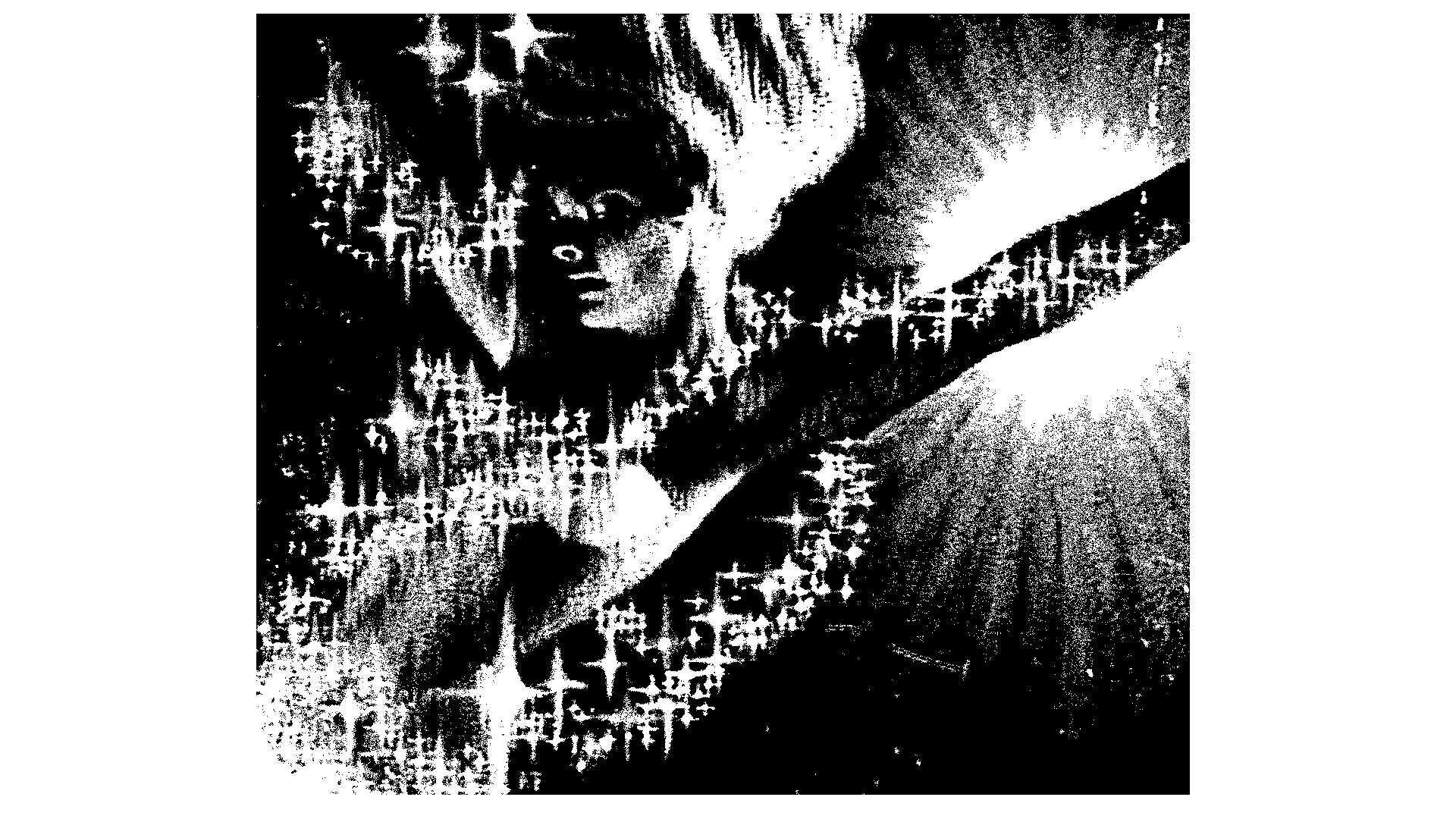Notes on Desire

Over half of people (58%)[1]
We assess others as worthy models or unworthy anti-models. Using these influencer as reference points, we triangulate what we should want. It would be tautological to mention that fashion works this way. Clothes possess a keynesian[2]
It is NOT cliche to point out the same effect for sexuality, politics, or taste in music: supposedly intrinsic things. Far from cliche, it’s actually offensive. “It’s the essence of who I am!” People say. “My identity.”
What is this? This is like a packet that comes with the required reading in a literature class. I can only fantasize about having the authority to force you, whoever you are, to read a bunch of essays. Below I have compiled some notes and writings on desire. I did not write this stuff. Please read with imitation in mind. I highlighted the most thematic important parts in blue. Opal highlights are just things really I like.
I love you.
This is particularly directed at Patrick and Kate.
Notes on Desire
I Flattering Delusions
II The Funhouse
III Just Called to Say I Love You
IV American Psycho
V Models
VI Good Old Neon
VII Living Like Weasles
VII Goodbye

